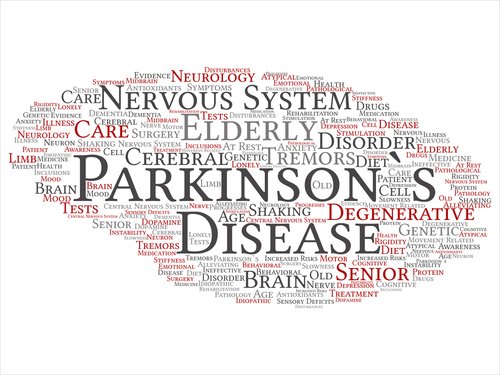Use More Human Cells and Tissues Rather Than Animal Models, Parkinson’s Study Urges

Parkinson’s researchers need to focus on human cells and tissues, implement modern computer modeling approaches, and shift away from animal models, according to a recent study.
Earlier transition from preclinical studies to clinical trials also could be beneficial, the study authors suggest.
The study, “Parkinson’s disease research: adopting a more human perspective to accelerate advances,” was published in the journal Drug Discovery Today.
Lindsay Marshall, PhD, and Catherine Willett, PhD, from Humane Society International and The Humane Society of the United States, reviewed progress and limitations of the several existing animal models of Parkinson’s disease and suggested methods to better understand pathological processes, improve clinical outcome, and reduce dependence on animal research.
Despite a vast number of studies on Parkinson’s, the current gold standard for treatment — levodopa — is still based on findings from the 1950s and, similar to deep brain stimulation, does not target the disease’s underlying mechanisms. Also, dopaminergic therapy is associated with the development of adverse side effects on motor function, cognition, and mental health.
Research conducted to date, although providing valuable information on Parkinson’s disease processes, has not led to approaches effectively targeting the disorder’s hallmark neurodegeneration. Besides the fact that degeneration is already advanced by the time symptoms emerge — thereby shifting efforts to symptomatic treatment — researchers considered that another major cause for this lack of therapeutic success is the difficult translation of findings in animals to the complex pathology of clinical signs and symptoms in humans.
“Animal disease models will never fully replicate the healthy or diseased human brain,” researchers wrote. Rather than replicating Parkinson’s complete biology, these models — which have included rodents, monkeys, cats, dogs, worms, fruit flies, fish, frogs and toads — focus on specific pathological components. “Animal models therefore have limited capacity to reveal the true causes of, or identify real cures for, human Parkinson’s,” Willett said in a press release.
This had led to high failure rates, such as with gene therapy and glial cell line-derived neurotrophic factor, a type of approach delivering peptides (small proteins) rather than genes.
In the widely used transgenic mice, which mimic mutations found in familial Parkinson’s, reasons for failure have included variability related to the mouse strain, and not presenting the charateristic degeneration of dopamine-producing neurons in the brain or accumulation of the alpha-synuclein protein, the main component of Lewy bodies.
In turn, clinical trials of human tissue transplants have used lessons learned from prior studies regarding patient selection, tissue processing, transplant dose and immunosuppression strategy, which could be obtained only from human clinical trials, not from animal experiments.
“This suggests that transitioning from preclinical to human studies earlier during the development pipeline would accelerate the translational pathway,” the scientists wrote.
The limitations presented by animal models indicate that rather than developing new or modifying existent animal models, “new approaches need to focus directly on human systems per se,” the investigators said. This would include human cell and 3D cultures, patient-derived stem cells, as well as computer modeling and non-invasive imaging methods.
In particular, induced pluripotent stem cells (iPSCs), generated from adult cells by expressing a specific set of transcription factors (molecules that regulate gene expression), “have tremendous advantages as both therapeutic and diagnostic tools,” according to the authors. Of note, gene expression is the process by which information in a gene is synthesized to create a working product, like a protein.
They may be generated from any patient to enable the production of dopaminergic neurons for safe transplant. Also, they allow for high-throughput screening of treatment candidates.
Such a collaborative, pathway-based and human-oriented effort could lead to developing new strategies to analyze health and disease more generally, the scientists believe. “Lessons learned from reducing the use of animals in [Parkinson’s] could serve as guideposts for other areas of biomedical research,” they wrote.






